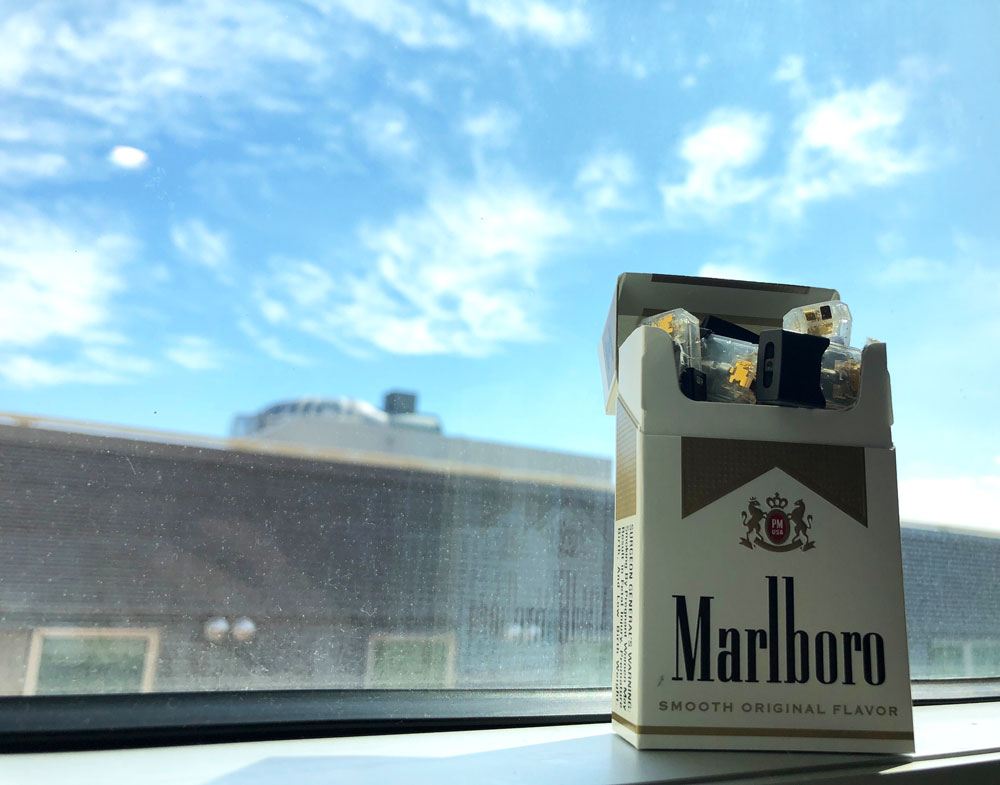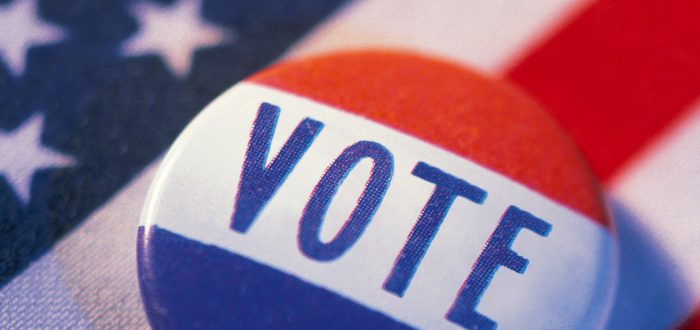Lillian Simmons was evacuated from Cuba as a child and went on to continue her artistic passion in the U.S. After the pandemic, her piano studio struggles with recovering but that doesn’t stop the music.
Story by Daniel Sadjadi
The sun has set on Frontier Trail. The root beer starts flowing, and pencils begin marking away. It’s Friday evening at Lillian Simmons’ piano studio, which means it’s Theory & Pizza night.
The International Studio of Music is set in Simmons’ home, a quaint yet cozy space with four upright pianos positioned against the living room walls.
A few years ago, students would meet there every Friday to complete pages of music theory for prizes and to chow down homemade pizza and salad. After the height of the pandemic, attendance is still limited, and these once weekly events have become rare but more memorable.
On the studio’s wall hangs a painting of the iconic lighthouse at Havana Harbor’s Morro Castle. Simmon’s mother had the artwork commissioned in New Orleans by a retired medical doctor. Based on a black and white picture of the Spanish fort that her mother had, it offers a nostalgic glimpse into the land Simmons departed from over sixty years ago.
“Her special request to him was from memory, he should draw the blue color of the sea and the blue color of the sky, because there in New Orleans we had gray skies and gray sea,” Simmons said.
Simmons recalls fond memories from her youth in Cuba. She came from a middle-class family, and her father was a professor of electrical engineering at the University of Havana.
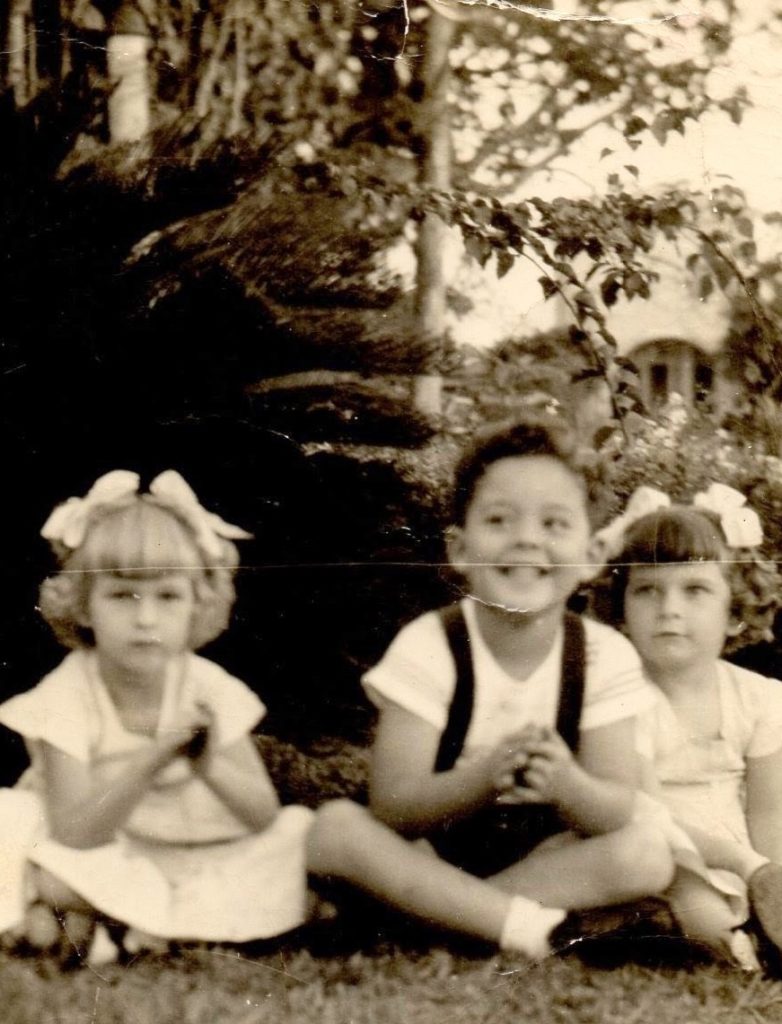
“On Sundays we went to a watersports club, which was very nice… They taught swimming, rowing, water ballet, and just plain swimming… We used to have a lot of individual freedoms, then communism took over,” Simmons said.
Her introduction to music started young when Simmons was eight years old. Simmons took piano classes while attending a private school in Havana. Simmons’ musical passion would develop later on, but it was her parents who decided to get her a private piano teacher.
“All of my childhood I was learning music.”
By 1961, after the Cuban Revolution, Simmons’ family decided that she needed to leave the country for the United States. Simmons was one of more than 14,000 children who left Cuba via Operation Peter Pan, a clandestine exodus of Cuban minors to the US coordinated by the CIA and sponsored by the Cuban Catholic Church and western oil companies.
“My parents took my little sister and I to the airport. My dad said ‘well kids, goodbye and good luck. We may never see you again, but that’s alright, that does not matter. You all have had an excellent education, and there’s a lot of opportunity in the United States, and you’ll be doing alright over there, and don’t worry about us. We’ll be right over here,’” Simmons said.
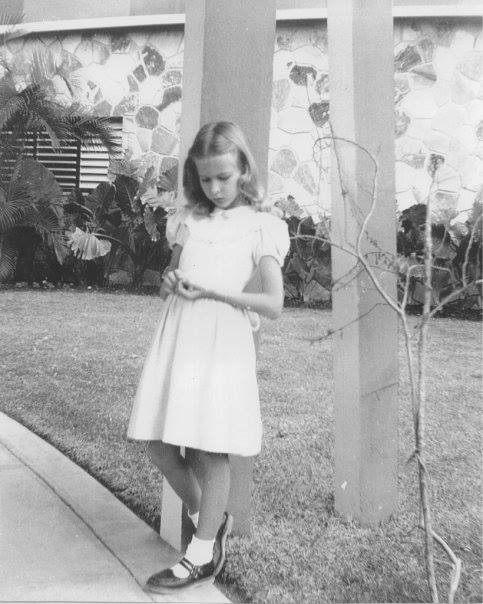
As the unaccompanied Simmons boarded the plane, she quickly noticed the fearful atmosphere in the cabin.
“Everyone in the plane was mostly scared the plane would not be able to make a full trip, and everyone was real quiet,” Simmons said.
The steward made an announcement informing passengers that the plane could be forced to land while it was in Cuban airspace. After a tense interlude, the steward announced that the aircraft had left Cuban airspace.
“Everyone cheered very loudly, raised their arms, and were overjoyed,” Simmons said.
Simmon’s parents reunited with her in the US a year after she arrived.
“We were lucky. Most Peter Pan children were not able to see their parents again during their childhood, it was pretty rough stuff,” Simmons said.
But leaving her old life in Cuba behind was still not easy.
“It’s like you’re leaving a part of your heart. It’s where you grew up, it’s where your friends are. Your favorite landscapes, buildings, activities. I missed leaving my home,” Simmons said.
In America, Simmons first lived with three generations of other refugees in her aunt’s house. Simmons’ aunt would not allow her to have a piano because of the noise.
“That was the only time when I cried… I did not cry about anything else,” Simmons said.
Simmon’s parents learned about this over the phone.
“That’s when my dad knew that I was going to be a piano teacher. I don’t know how my dad always knew everything about me. He knew things I didn’t even know about myself,” she said.
Simmons went on to become a housewife and mother and then became a legal secretary for 10 years.
“I was interested in the law because I saw my country turn from free enterprise to communism,” she said. “The way my dad used to explain this was, he said, in Cuba during communism, we had to walk with our head down in submission and our tail between our legs.”
Simmons opened the latest chapter in her life 15 years ago when she began to teach piano from her home.
“I just avoided teaching piano because I thought it was too difficult. You just remember what you went through as a student. And I was wrong about that. It’s actually very easy to teach,” Simmons said, “[the] pressure is you want your students to do well.”
Now, Simmons is president of the local Bluebonnet Music Teachers Association and takes pride and satisfaction in helping students advance and develop a love for music.
“It’s fun to see the kids develop, from nothing to good pianists. It’s just fun. And you’re actually taking a part in their lives,” Simmons said.
One father brought a student named Maro, who had no interest in practicing and learning piano, to Simmons.
“Four teachers couldn’t do anything for him, I was thinking what could I do with the kid, what makes the father think I can do anything with him,” Simmons said.
Simmons recalls playing one of her favorite pieces at a Christmas party, Chopin’s Tristesse Étude, a sentimental and sad yet sweet piece about the composer’s love life.
“The next week Maro said he wanted to learn it. He played the first line perfectly, and from then on…” Simmons said.
Maro developed a passion for piano and went on to become Simmons’ best student. Her reaction?
“Oh gee, I didn’t know I could do this!” Simmons said, “I think motivation is very important. I usually don’t try to push the kids too much. I try to get them interested any way I can.”
Before the pandemic, the biggest challenge for Simmons’ studio was getting students to practice. Simmons suggested that electric keyboards have made finding the motivation to practice for young students even harder than usual.
“The parents resist buying an acoustic piano. The acoustic sound blends with the molecules in your body in a way that the electronic sound does not do,” she said.
Today, Simmon’s biggest challenge is dealing with the impact of the pandemic. Simmons lost over half of her students during the pandemic as piano lessons went to being done virtually.
“We need to go back to in-person because the online and in-home classes do not work well,” Simmons said, “When you see your kid face to face, it’s more pressure to practice. Since online they don’t advance, they get discouraged, and then they quit. I discuss these things with teacher groups on Facebook and even colleagues in person and everybody is having these problems.”
Before the pandemic, Simmons encouraged students to take music theory tests at Texas State University.
“It is a magnificent building, and it is an institution of higher learning. The kids get the impression, ‘gee, this theory must be important,’” Simmons said, “When we have been doing it in homes [during the pandemic], the kids are not getting this impression that theory is important.”
As coronavirus restrictions have been lifted, Simmons hopes for a return to normal as the studio gradually transitions more lessons and events to being back in person.
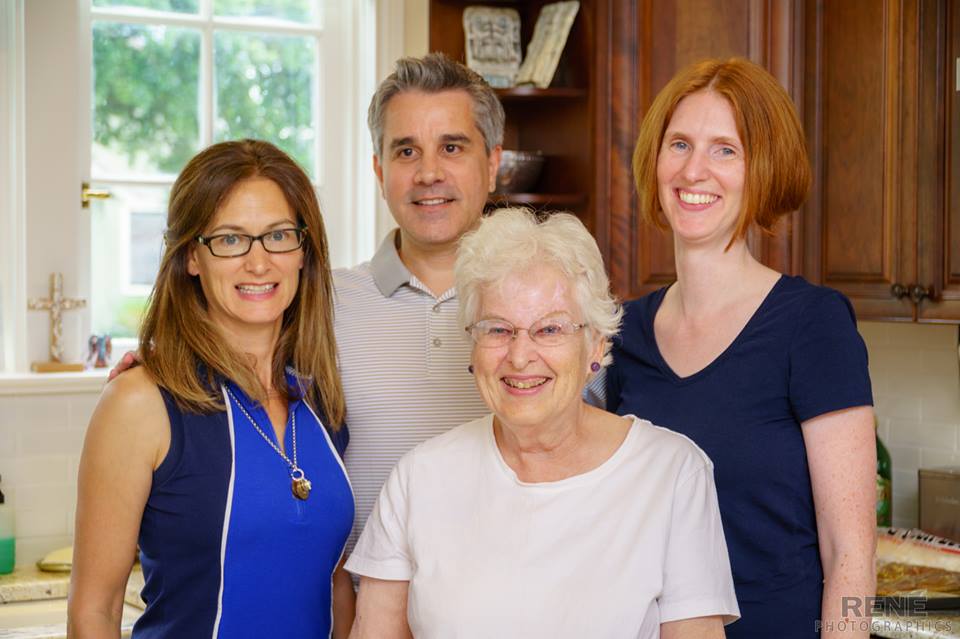
“I’m just trying to keep abreast of the present,” she said.
One piece of wisdom Simmons wishes to share?
“You just have to navigate this life, see what the situation is, and adjust as best you can.”


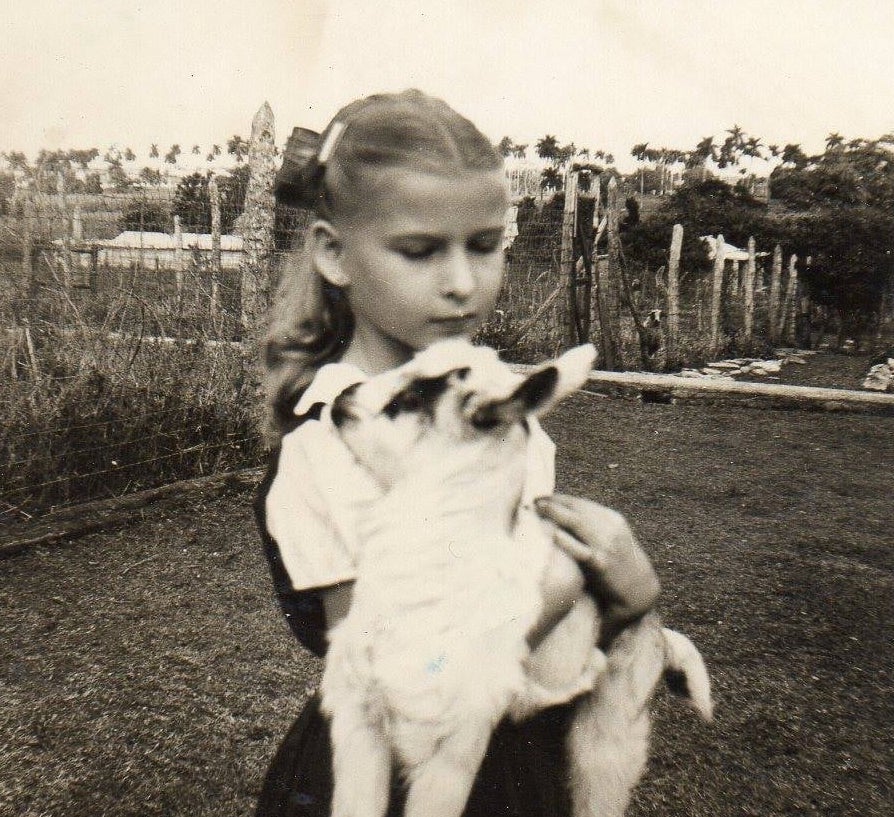
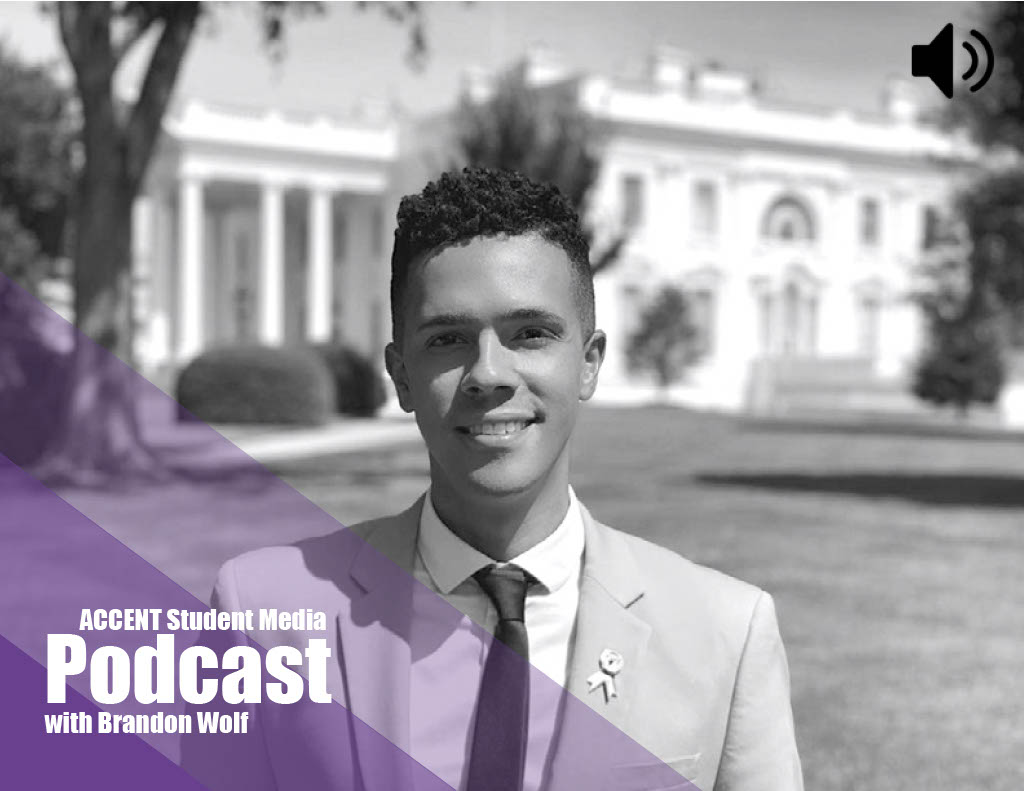

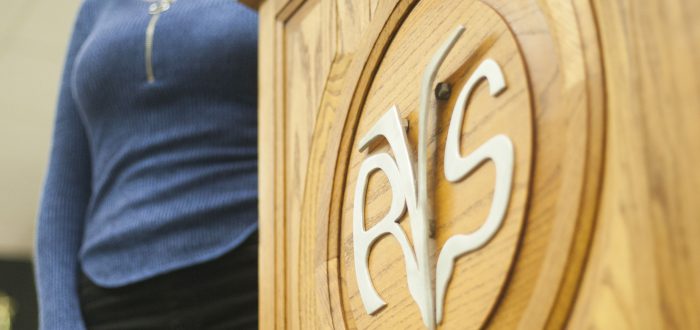
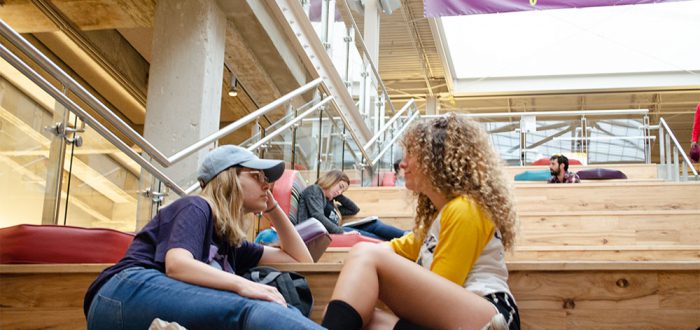
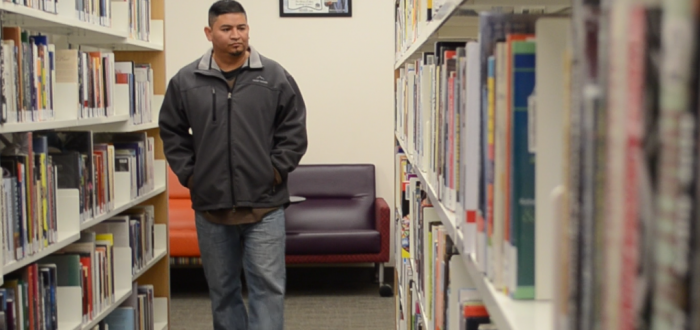
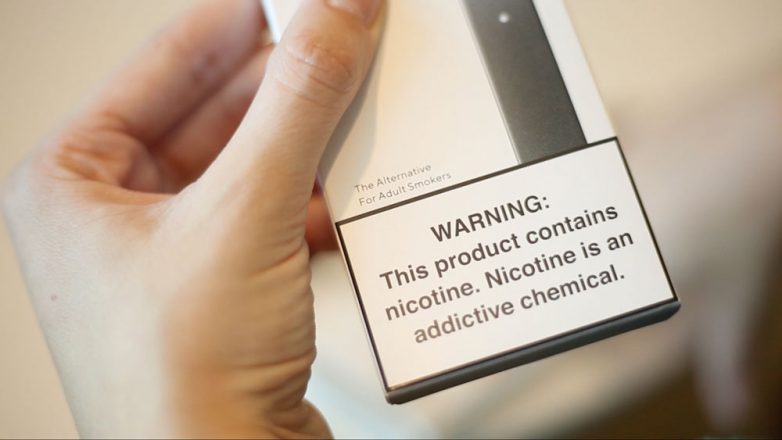
 The 1988 Surgeon General’s Report discovered that cigarettes and other forms of tobacco are addicting, the pharmacologic and behavioral processes that determine nicotine addiction are similar to those that determine addiction to drugs such as heroin and cocaine. Cigarettes were finally deemed
The 1988 Surgeon General’s Report discovered that cigarettes and other forms of tobacco are addicting, the pharmacologic and behavioral processes that determine nicotine addiction are similar to those that determine addiction to drugs such as heroin and cocaine. Cigarettes were finally deemed
